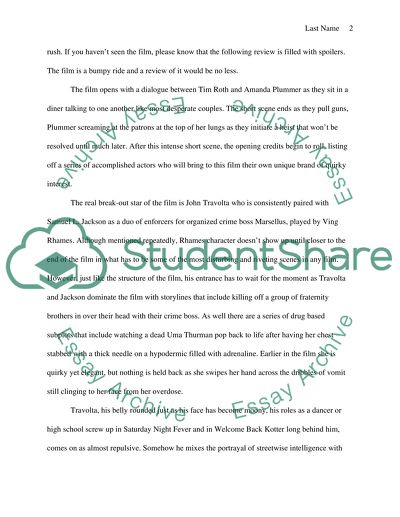Cite this document
(“RIP Project & RIP rhetorical analysis Essay Example | Topics and Well Written Essays - 2500 words”, n.d.)
Retrieved from https://studentshare.org/english/1479850-rip-project-rip-rhetorical-analysis
Retrieved from https://studentshare.org/english/1479850-rip-project-rip-rhetorical-analysis
(RIP Project & RIP Rhetorical Analysis Essay Example | Topics and Well Written Essays - 2500 Words)
https://studentshare.org/english/1479850-rip-project-rip-rhetorical-analysis.
https://studentshare.org/english/1479850-rip-project-rip-rhetorical-analysis.
“RIP Project & RIP Rhetorical Analysis Essay Example | Topics and Well Written Essays - 2500 Words”, n.d. https://studentshare.org/english/1479850-rip-project-rip-rhetorical-analysis.


